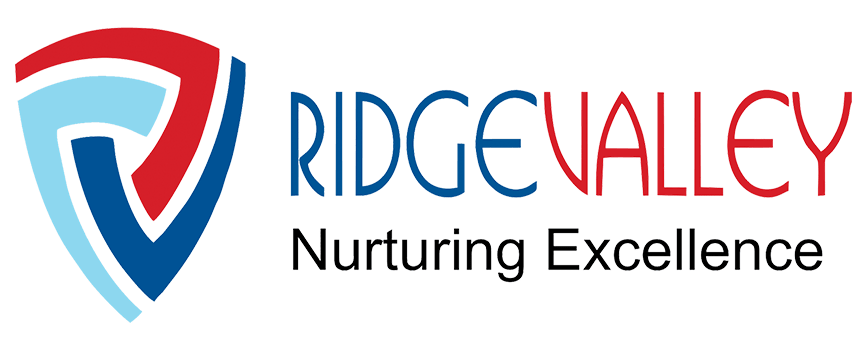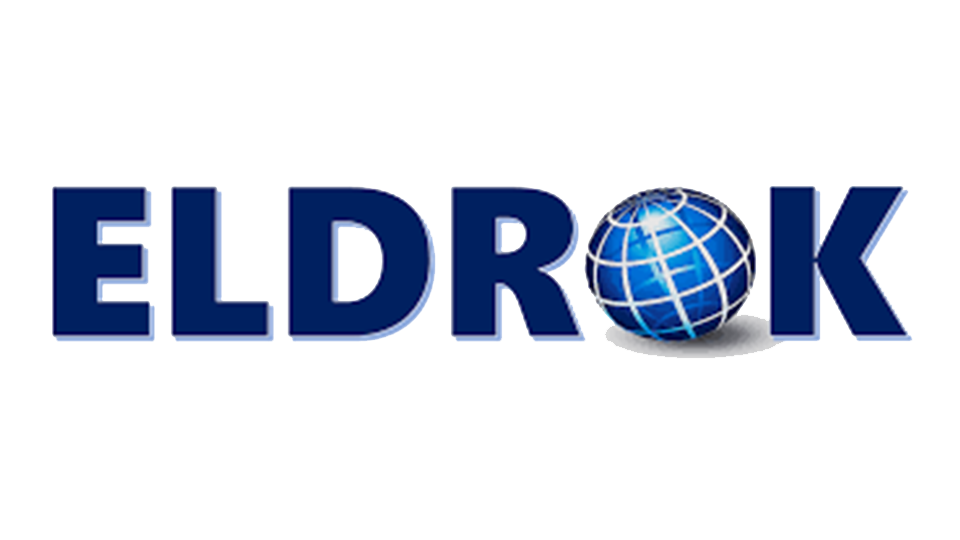Introduction:
Education in the 21st century is no longer confined to textbooks, chalkboards, and rigid classroom routines. At Ridge Valley, the Top School in Gurugram where it progressive pedagogies are transforming how children learn, think, and grow. The city has rapidly become an educational hub, home to institutions that go beyond traditional methods and embrace innovation in teaching. Parents searching for the schools are increasingly prioritizing environments where creativity, critical thinking, and holistic development form the cornerstone of education.
This article explores how modern pedagogical strategies are reshaping classrooms, the benefits they bring to learners, and why forward-looking schools are standing out as leaders in progressive education.
About Us:
At Ridge Valley School, our philosophy goes beyond textbooks. We believe that true learning emerges from curiosity, discovery, and creativity. Through hands-on pedagogy, we integrate robotics, innovation labs, and maker-spaces to foster inventive thinking. Our students engage in cross-disciplinary projects, debate clubs, design challenges, and science expos that nurture critical thinking. Alongside our academic rigour, we host regular events—such as STEM Expos, Innovation Showcases, virtual learning interface days, and collaborative workshops—bringing teachers, parents, and learners together. These initiatives ensure progressive pedagogies are embedded in daily school life. Our 6-acre green campus, science park, and herbal garden serve as outdoor classrooms. With a student-teacher ratio designed for personalised attention, we focus on building confident, innovative learners who are ready for tomorrow’s challenges.
The Shift from Traditional to Progressive Pedagogies
For decades, Indian classrooms relied heavily on rote memorization, standardized assessments, and teacher-centric lectures. While these methods ensured discipline and factual knowledge, they often left little space for creativity, critical reasoning, or collaboration.
Progressive pedagogy challenges this model by:
-
Placing students at the center of the learning process.
-
Encouraging inquiry, problem-solving, and discovery-based education.
-
Using technology, real-world applications, and project-based learning.
-
Integrating socio-emotional learning with academics.
Such a shift reflects global trends in education, preparing learners not just for examinations but for life beyond classrooms.
Innovative Teaching Methods in Schools
1. Project-Based Learning (PBL)
Instead of passively absorbing information, students take on projects that integrate multiple subjects. For example, a sustainability project may combine science (renewable energy), mathematics (data analysis), and language arts (presentations and reports). This approach mirrors real-world challenges and equips students with problem-solving skills.
2. Inquiry-Led Classrooms
In progressive schools, curiosity drives the curriculum. Students are encouraged to ask “why” and “how” rather than memorizing “what.” Teachers act as facilitators, guiding students through research and exploration. This fosters a lifelong love for learning.
3. Technology Integration
Interactive smartboards, AI-powered tools, VR simulations, and gamified learning apps have transformed classroom experiences. Technology not only makes learning engaging but also allows for personalized progress tracking and adaptive teaching methods.
4. Experiential Learning
Field trips, community projects, and hands-on experiments connect theory with practice. Whether it’s a visit to a local industry, a science exhibition, or a cultural immersion activity, experiential learning ensures education extends beyond four walls.
5. Collaborative Learning Models
Group discussions, peer-to-peer activities, and teamwork in problem-solving exercises mirror workplace environments. Collaborative learning enhances communication, empathy, and leadership qualities.
6. Socio-Emotional Learning (SEL)
Recognizing that education is incomplete without emotional intelligence, progressive schools integrate SEL programs. These help children manage stress, build resilience, and foster empathy, making them well-rounded individuals.
7. Blended Learning
Combining traditional classroom interaction with online platforms, blended learning ensures flexibility. Students can learn at their own pace while still engaging in face-to-face mentorship.
Why Progressive Pedagogies Matter Today
Building Critical Thinkers
In a world where information is at everyone’s fingertips, critical analysis is more important than memorization. Innovative methods empower students to question, evaluate, and create knowledge rather than passively consume it.
Enhancing Creativity
From design thinking to arts integration, progressive approaches encourage children to explore multiple solutions to a problem. Creativity becomes not just an extracurricular pursuit but a part of everyday academics.
Preparing for Global Careers
As industries evolve with AI, automation, and global collaboration, education must prepare students for roles that require adaptability, cross-cultural understanding, and technological fluency. Progressive schools are aligning their teaching with global competencies.
Personalizing Education
No two students learn the same way. By embracing adaptive learning tools and personalized mentorship, schools ensure that every child’s unique strengths and weaknesses are addressed.
Fostering Lifelong Learners
The ultimate aim of innovative pedagogy is not just academic success but cultivating curiosity, resilience, and a hunger for learning that lasts a lifetime.
Progressive Education: A Benchmark
Parents seeking the schools often evaluate institutions not just by their board results but by the quality of their pedagogy. The region has become a benchmark in adopting international best practices while integrating local values. Features like global exchange programs, coding bootcamps, entrepreneurship clubs, and sustainability initiatives make these schools stand out.
By emphasizing progressive pedagogy, schools here are:
-
Bridging the gap between local and global standards.
-
Encouraging students to think as global citizens.
-
Creating environments where every child feels valued and supported.
Role of Teachers in Progressive Pedagogies
No educational reform can succeed without empowered teachers. Progressive schools invest in:
-
Continuous teacher training programs.
-
Exposure to global teaching practices.
-
Use of reflective teaching and feedback mechanisms.
-
Workshops on mental health, diversity, and inclusive learning.
Teachers evolve from “instructors” to “facilitators” and “mentors,” shaping not just academics but also character and values.
Challenges in Adopting Innovative Methods
While the benefits are clear, the journey to implement progressive pedagogies is not without hurdles:
-
Resistance to Change: Some parents and educators still prefer conventional approaches due to familiarity.
-
Resource Demands: Advanced tools, training, and infrastructure require significant investment.
-
Balancing Academics with Innovation: Ensuring students excel in board exams while embracing new methods remains a delicate balance.
Yet, leading schools have successfully navigated these challenges, setting models for others to follow.
Future of Education
The future promises even more innovation:
-
Artificial Intelligence in Classrooms: Personalized learning paths and predictive analytics for student performance.
-
Global Virtual Classrooms: Cross-cultural collaborations and exposure to international peers.
-
Sustainability-Focused Curriculum: Teaching students to be environmentally responsible global citizens.
-
Interdisciplinary Learning: Merging STEM with arts, design, and ethics to create versatile learners.
Schools are well on their way to becoming pioneers in these areas, shaping the next generation of leaders, innovators, and changemakers.
Why Parents Prefer Progressive Institutions
Parents choosing the schools often highlight:
-
A curriculum that balances academics with life skills.
-
Innovative teaching approaches tailored to modern challenges.
-
Safe, inclusive, and nurturing learning environments.
-
Emphasis on character-building, creativity, and leadership.
These priorities ensure that education goes beyond marks, preparing children to thrive in dynamic real-world scenarios.
Case Study: Progressive Learning in Action
Consider a Grade 7 science class tasked with designing a model “Smart City.” Students use mathematics to calculate energy requirements, science to study renewable sources, art to design layouts, and social studies to assess community needs. With guidance from teachers, they collaborate in groups, build prototypes, and present solutions.
The project not only deepens academic understanding but also fosters teamwork, innovation, and confidence in public speaking. Such examples demonstrate how progressive pedagogy turns classrooms into incubators for future-ready minds.
Conclusion:
The educational landscape of Gurugram is evolving rapidly, powered by forward-thinking teaching methodologies that redefine how children learn. At Ridge Valley, the best School in Gurugram where from project-based learning to socio-emotional development, schools here are preparing students not only for academic success but also for a world that demands adaptability, empathy, and creativity.
For parents seeking the schools, the defining factor is no longer just infrastructure or test scores but the innovative pedagogies that empower students to thrive in the future. Progressive education is not a passing trend—it is the foundation of tomorrow’s society, and Gurugram stands at the forefront of this transformative journey.
FAQs:
Q1. What makes progressive pedagogy different from traditional teaching methods?
A1. Progressive pedagogy emphasizes hands-on learning, collaboration, and real-world problem solving, while traditional methods focus more on rote memorization.
Q2. How do innovative teaching methods benefit students?
A2. They develop critical thinking, creativity, and adaptability, preparing learners for modern challenges rather than just exams.
Q3. What role does technology play in progressive classrooms?
A3. Technology enables interactive lessons, virtual experiments, robotics labs, and global collaborations, making learning immersive.
Q4. Are extracurricular activities linked to innovative teaching?
A4. Yes, activities like robotics clubs, STEM expos, and drama workshops are integrated to extend learning beyond the classroom.
Q5. How do teachers get trained for progressive pedagogies?
A5. Regular workshops, peer-learning sessions, and global collaborations ensure teachers remain updated with new strategies.
Q6. Can progressive teaching improve exam results too?
A6. Absolutely—when students truly understand concepts through active learning, their exam performance naturally improves.










